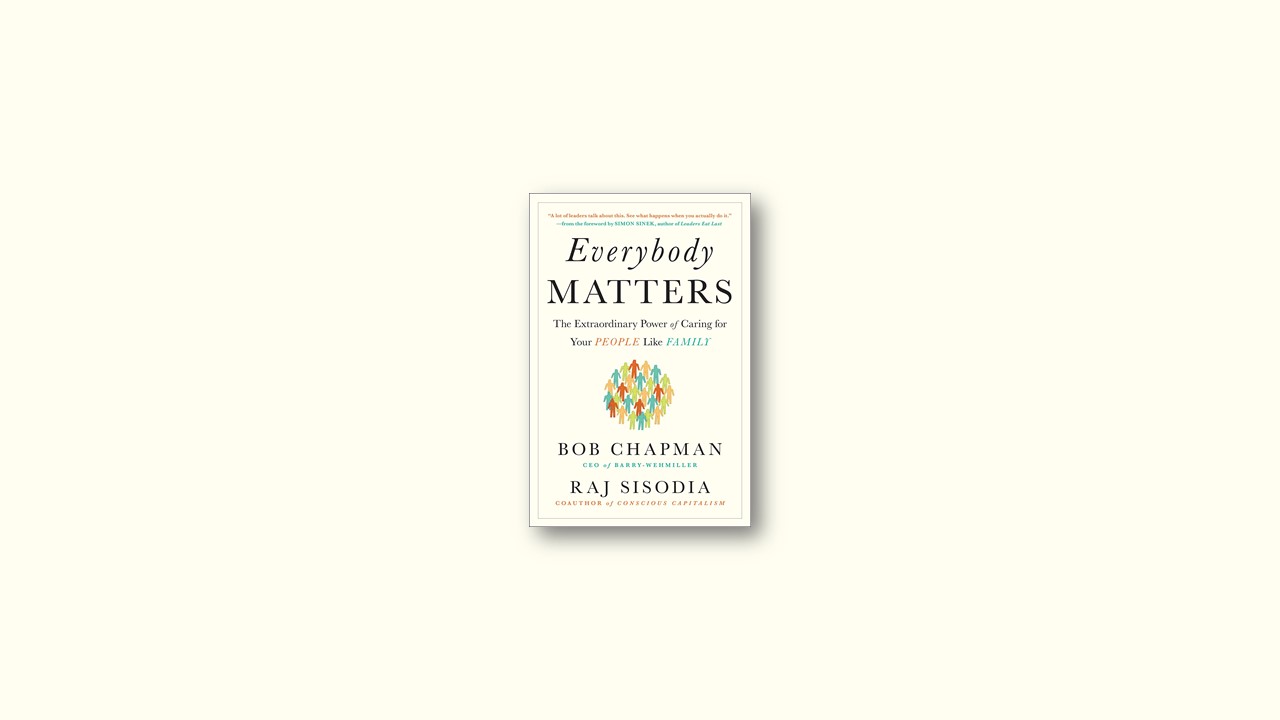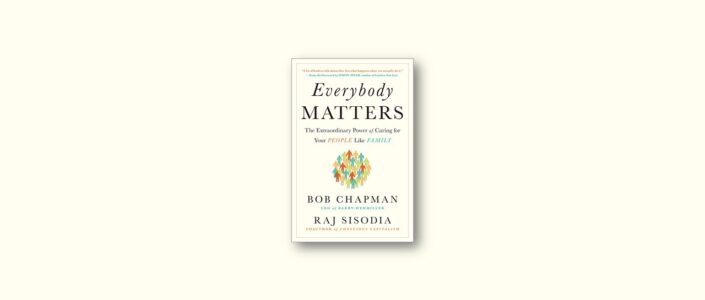Envisioning the Ideal Future
A good visioning process accomplishes several things. First, it makes the implicit explicit, forcing the organization to articulate its assumptions, beliefs, values, taboos, fears, dreams, and aspirations. Second, visioning helps us paint a vivid picture of the organization we want to be, without being overly constrained by the organization that we are today or were in the past. We strive to put into words what it would look like if we could bring the best of ideas and thoughts together and create a better future. Third, the visioning process builds cohesion. It brings together individuals from across the organization to focus on the long-term future.
Beyond the output that it generates, the process is valuable because it enhances communication and understanding within the organization, and opens people’s eyes to possibilities they may not have considered before. It creates a sense of shared ownership in the future, inspiring new initiatives. And it says, “We care,” because we listen to each participant’s input to evolve toward a shared vision.
We have found the following elements to be critical for cultural visioning:
- Purposeful Preparation. A vision endures in part because of careful preparation and facilitation of the visioning session. While the final outcome is the reason people get together, there’s tremendous value in the process itself. We utilize pre-work in a meaningful way to bring people to an inspired place in advance, with insightful readings, videos, and reflective comments. This pre-work gives people the chance to hear the voices of their fellow attendees before they’ve even met, helps them hit the ground running, and creates strong unity in a short time.
- A Wide Variety of Participants. The vision is not crafted by a team of senior leaders, but by a representative cross section of committed people with different perspectives invited to participate based on their leadership potential. They represent varied roles and businesses within the organization. We harness their collective wisdom and design the process so that everyone is heard and no one voice dominates.
- People Focus. While most vision statements focus on products or services, our visions are about the impact we have on people’s lives.
- Describe the Ideal State. We focus not on who we think we are, but who we want to be. We encourage participants to think big, without fear of being pinned down to financial objectives or how we are going to achieve the vision. We engage in conversations about what is possible and paint a vivid picture of the ideal organization that we would want to create if we could remove all constraints.
Drafting a vision statement is relatively easy. What’s critical is what you do with it once the document is written. It is essential to rapidly spread it throughout the organization and embed it deeply into people’s heads and hearts. We do this through small-group sessions in which leaders communicate the vision and ask people to identify gaps between their experienced reality and the stated vision. When these gaps are identified, leaders take immediate steps to close them. If they cannot do so, they explain why.
A New Way to Lead
We have found three master keys to our leadership culture—deep listening, authentic vulnerability, and courageous patience.
Listening is a greatly undervalued skill in our organizations and in our culture. The conventional wisdom is that leaders tell people what to do and how to act. We have found that the most powerful thing a leader can do is to truly and deeply listen.
As leadership expert Kevin Cashman says, “How often do we pause to be genuinely present with someone? How often do we really hear what the other person is saying and feeling versus filtering it heavily through our own immediate concerns and time pressures? Authentic listening is not easy. We hear the words, but rarely do we really slow down to listen and squint with our ears to hear the emotions, fears, and underlying concerns. . . . Not only will this help you to understand the value and contribution the other person brings, it will create a new openness in the relationship that will allow you to express yourself and be heard more authentically as well.”
Vulnerability is also key. We teach our leaders to share their strengths as well as their challenges. This creates an environment where others feel comfortable to share. We half-jokingly say that our learning experiences are measured in “man tears.” It is not easy for people to overcome years of conditioning and allow themselves to be vulnerable in front of their colleagues. But it is not possible to create a truly open and caring culture if people consistently put on a mask and armor when they go to work.
The third quality is courageous patience. You must be patient with people, because you don’t know what they have been through. In his book See You at the Top, Zig Ziglar illustrates this with a parable. If you put some fleas inside a jar and close the lid, they immediately start jumping and trying to escape. After hitting the lid repeatedly, the fleas eventually realize that they cannot escape and stop trying. They still jump, just not as high. If you now remove the lid, the fleas keep jumping, but not high enough to escape the jar. They don’t even notice that the lid is no longer in place.
You see this all the time in organizations. People are products of their experiences. We don’t know what kinds of “lids” they’ve experienced. Even if someone else put the lid on the jar, it’s our job as leaders to remove the lid and let people know that it is safe to jump high again.
Humanizing the Process
We can bring humanity and dignity back to the workplace by inviting people to own the process. Machines, systems, and procedures exist to serve people, not the other way around. Through the right approach to continuous improvement, we can find the humility, courage, and creativity to put things in their proper place and restore the primacy of people over all else.
Where did we lose our way with business processes? When did we start using them to shackle instead of serve people? It goes back to the industrial revolution, which was all about leveraging mass production processes; people came off the farms, where they had agricultural crafts, and many lost the dignity of work.
Used properly, Lean offers a unique opportunity to free people to truly contribute their gifts and talents, to see and participate in different parts of the process, to rise above being robots, to contribute in new ways and always be thinking about how to make things better. Unfortunately, a large majority of companies that begin the journey ultimately fail to become truly Lean.
Lean is a disciplined process of continuous improvement traditionally focused on minimizing waste and maximizing customer value. The nonprofit Lean Enterprise Institute states: “Lean means creating more value for customers with fewer resources. A Lean organization understands customer value and focuses its key processes to continuously increase it. The ultimate goal is to provide perfect value to the customer through a perfect value creation process that has zero waste.”
The foundation of Lean is the 5S tool from the Toyota Production System. It is based on five Japanese words: seiri, seiton, seiso, seiketsu, and shitsuke, which can be roughly translated as “sort,” “straighten,” “shine,” “standardize,” and “sustain.”
Cultivating Responsible Freedom
responsible freedom entails three specific behaviors: sharing our gifts and talents, having a bias for action, and being accountable for the outcome. Sharing our gifts and talents is the freedom to offer who we truly are at work, to be the full human being that we are in the world. To have a bias for action is to not stand on the sidelines, but to be proactive and willing to grab the reins and take action toward the shared vision of the organization.
Finally, responsible freedom means changing the essence of accountability: from a mechanism for assigning blame to an opportunity to work with others to create an organization that’s better for all. To do this, we have to recognize that we are each stewards of the lives next to us and around us every day in our organizations. We are all accountable to each other. It’s not only the executive leadership’s responsibility or that of the person with the highest title in the organization.
Recognition and Celebration
Why we do anything in our culture is always important, and recognition and celebration are no exception. Most companies look for a return on their investment in everything they do. If they recognize and celebrate people, it is to get better engagement and thus more productivity out of them. We believe that if you recognize and celebrate people to get more out of them, they’re going to know it and feel it. We do it simply because it’s the right thing to do; it’s the way we are called to treat people, and the way that we would like to be treated ourselves. It’s never to get more out of people. We recognize and celebrate people simply to let them know that they matter. Knowing that their colleagues understand their work and value it is deeply meaningful to them.
To recognize is “to acknowledge, to grant credentials to.” To celebrate is to “assign great social importance to.” Whether large scale or intimate, celebrations increase feelings of belonging and build greater team spirit. But just saying “Thanks, buddy” is not enough. We teach people to craft recognition in a meaningful way that allows recipients to see that it’s genuine. It’s a skill that can be taught and a culture that can be grown.
Everybody Truly Does Matter
Business can be the primary vehicle for building a better world, if we appropriately respect and care for people. Business is far more than a profit machine. It is a vehicle for self-expression, for dreaming about and creating the future we desire, for accomplishing together what we cannot do alone, for creating extraordinary amounts of value of many kinds for everyone a business touches.
Business is a powerful instrument that we must use to serve the noble cause of greater human and planetary flourishing. Our greatest challenge is the widespread acceptance of a mercenary and apathetic approach to business. Legendary cartoonist Herb Block once said, “The worst form of corruption is the acceptance of corruption.” People have become desensitized and resigned to the idea that “this is just how it is.”
There are huge financial incentives that keep the status quo locked in place. We have come to view unconscionable, selfish, and inhumane conduct as acceptable, normal, even laudable. This is not who we are. This is not what we want for ourselves and our children and grandchildren. We can and we must do better. What it will take is courageous, enlightened, truly human leadership.
The 10 Commandments of Truly Human Leadership
- Begin every day with a focus on the lives you touch.
- Know that leadership is the stewardship of the lives entrusted to you.
- Embrace leadership practices that send people home each day safe, healthy, and fulfilled.
- Align all actions to an inspirational vision of a better future.
- Trust is the foundation of all relationships; act accordingly.
- Look for the goodness in people and recognize and celebrate it daily.
- Ask no more or less of anyone than you would of your own child.
- Lead with a clear sense of grounded optimism.
- Recognize and flex to the uniqueness of everyone.
- Always measure success by the way you touch the lives of people!


